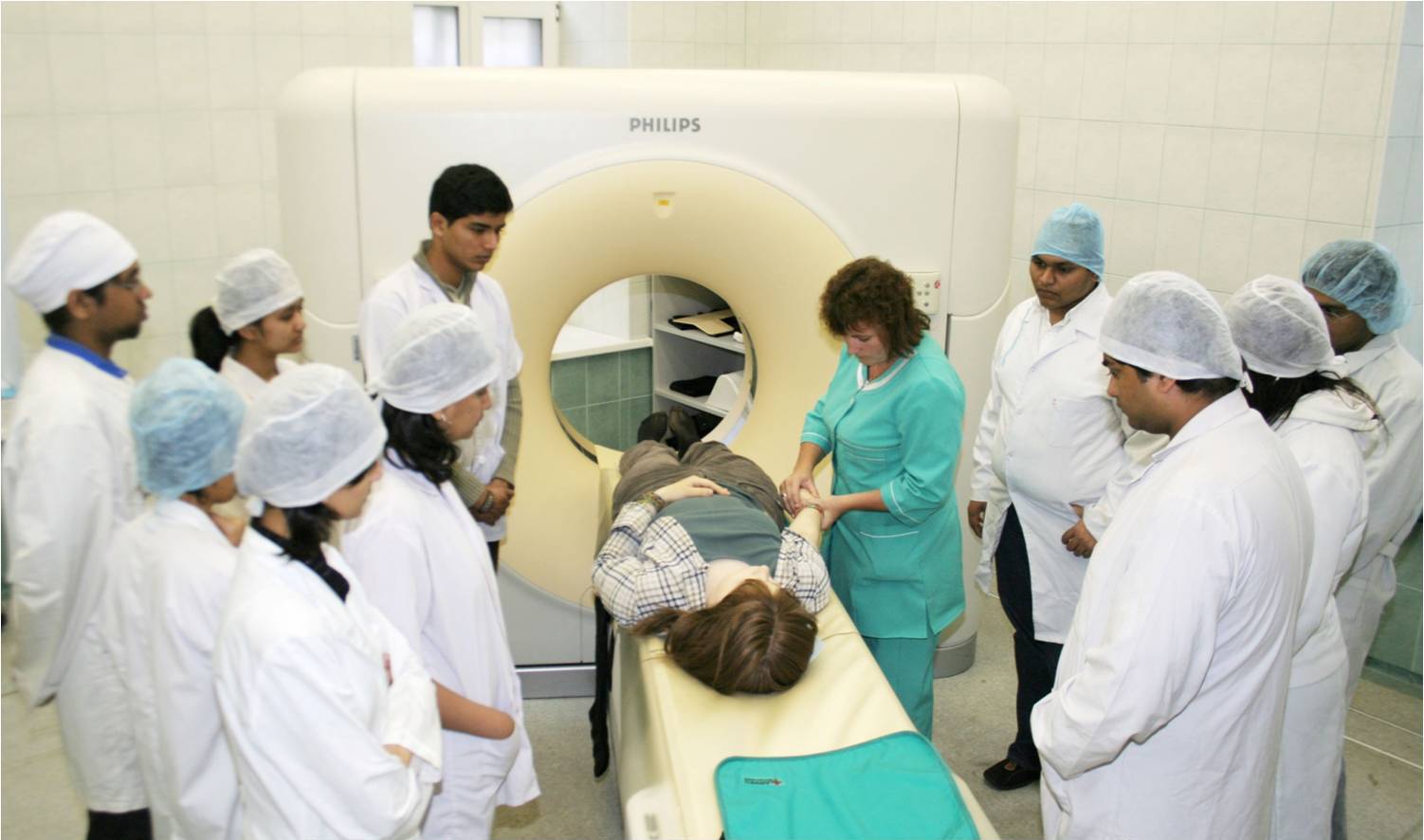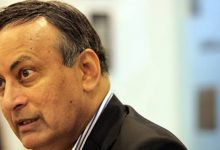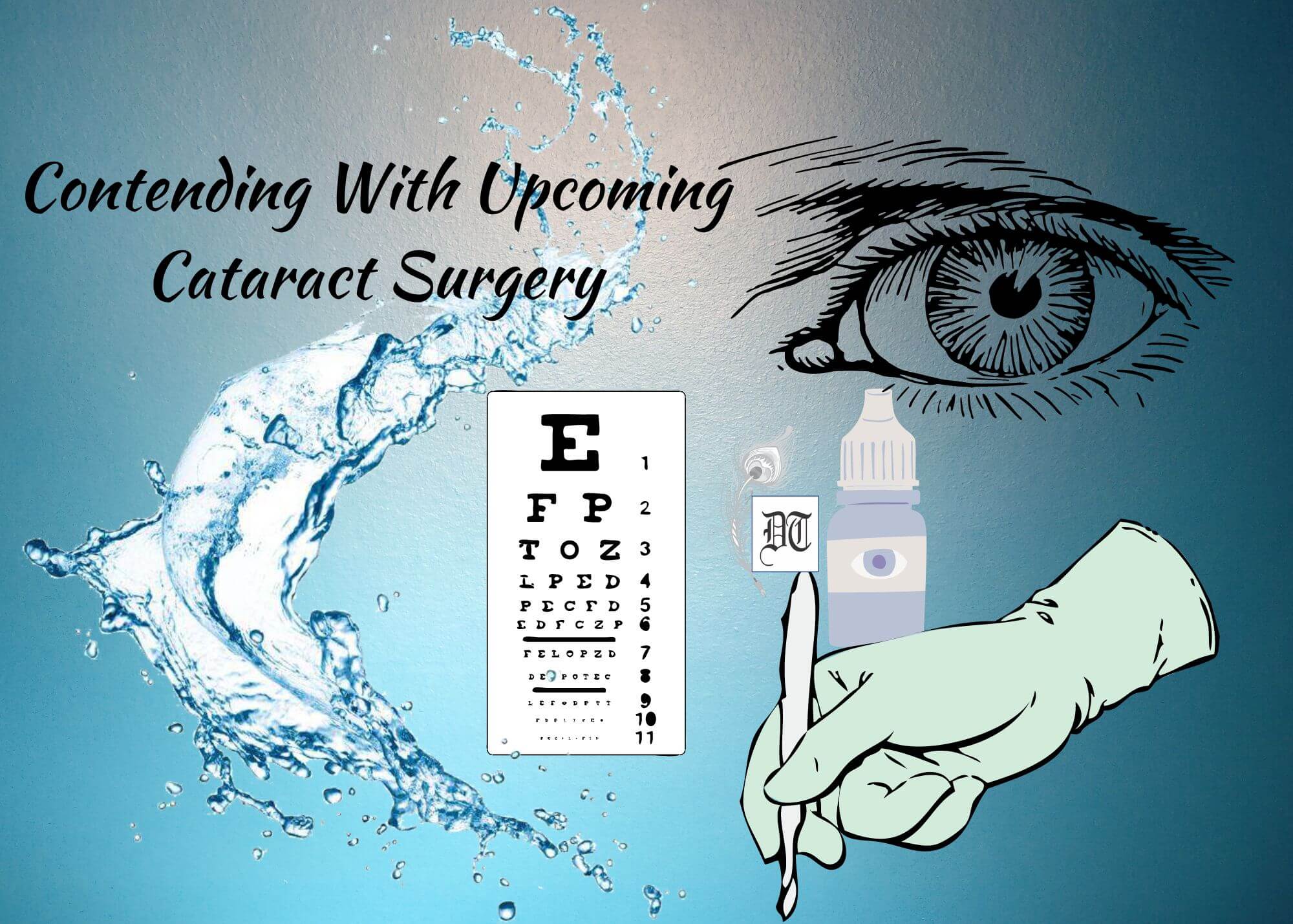The process to revamp medical regulation started after the Supreme Court took cognizance of malfunctioning of the Medical Council of India (MCI) and directed for a new system, which would redress the ills in the MCI with a view to streamlining the medical education and healthcare in the country. A report for Different Truths.
The standing committee on health headed by Ram Gopal Yadav had called various stakeholders to put forward their viewpoints on National Medical Commission (NMC). Since health is an issue of concern to all, such consultative process is a welcome step. The process to revamp medical regulation started after the Supreme Court took cognizance of malfunctioning of the Medical Council of India (MCI) and directed for a new system, which would redress the ills in the MCI with a view to streamlining the medical education and healthcare in the country. As a result, the NITI Ayog drafted the NMC in its present form, which the government wanted to pass in parliament as such. It would have been better if the NITI Ayog had formed a multi-stakeholder committee to draft this bill. But it was only after strong protests by the medical organisations and a public statement by Jairam Ramesh, a prominent member of the standing committee on health, that the bill was referred to the standing committee for public consultations.
The MCI had lost its credibility because of allegations of corruption against the high ups, including its erstwhile president Ketan Desai. Thus there was need that some effective corrective measures were taken. One was that the MCI could have been restructured but retained essentially with its autonomous character in its day to day functioning alongside government control on larger matters. But the government thought it wise to dissolve the MCI and form a new body which they named the NMC. The bill in a way rejects the self regulatory mechanism; instead it pushes for a techno bureaucratic model of regulation. Therefore, out of 25 members in the body only five have been proposed to be elected from amongst the medical fraternity, an approach that belies the basic principle of self governance and democratization. Failure of any self regulation is a reflection of socio political system prevailing in the country. However, since health is not a concern of medical professionals only, such a body must have sufficient representation from the public and movements working for ethical healthcare.
The bill, while recognizing problems in medical education system and healthcare, fails to go into the real cause of the ills. A close scrutiny of medical education brings forth that the problems of substandard medical education, denial of medical seats to deserving but economically weak sections, exorbitant charges by the colleges, underhand transactions in admissions, advance booking of seats to medical undergraduate and post graduate courses and issues of ghost faculty came up after the opening up of medical colleges by the private players and formation of deemed universities. That the bill does not say a word on this rather makes it easy for the private players to start their medical colleges.
Medical education in our country used to be within reach of students from ordinary families as it was in the state sector. These colleges were well regulated and maintained required standard in accordance with the contemporary period. Going by the information from the website of Medical Council of India, at the time of Independence, there were 20 colleges, out which only one was in the private sector. Most of new additions were in the state sector till late eighties. But after a shift in economic policies, the scenario changed. We find that in the period 1981 to 1990, out of 32 new colleges 25 were opened in private sector. In the period 1991 to 2000, out of 43 new colleges opened, 31 were in private sector and only 12 in government sector. In the ensuing period till 2010, out of 123 colleges only 34 colleges were opened in the state sector and 89 in private sector. The trend continued and in the three years from 2014 to 2017 the colleges opened in private sector were 58 while only 36 were in the state sector. Thus we find that between the period 1990 to 2017, 238 colleges opened in the private sector while only 115 in state sector. Many of these were made deemed universities with their own examination and admission system and fee structure.
All these colleges in private sector have not only been charging exorbitant fees, many of them have been carrying out bogus examinations. Admissions were being made on the basis of money paid, which amounted to crores of rupees in some cases. Astonishingly, seats were reserved in advance. Even advertisements have been appearing in print media to book seats in medical colleges. This completely defied the principle of natural justice. The present bill has ignored this contentious issue. It says that the government will regulate fees for up to 40 percent seats only, while the rest will be left to be charged at the mercy of the managements. This would increase the cost of medical education further and thenceforth add to the cost of healthcare.
The Alliance of Doctors for Ethical Healthcare (ADEH) in its submission before the standing committee has clearly spoken of this matter and demanded that all seats be regulated. Fees in 40 percent seats should be at par with the government colleges and the rest could be marginally higher so that deserving candidates are not denied admission. What the standing committee thinks of and what the government ultimately does is to be seen, but concerned opinion demands this.
Dr. Arun Mitra
©IPA Service
Photo from the Internet
#DoctorsForEthicalHealthcare #Medical #MedicalEducation #Privatisation #MedicalCouncilOfIndia #SupremeCourt #NITIAyog #IPA #DifferentTruths





 By
By

